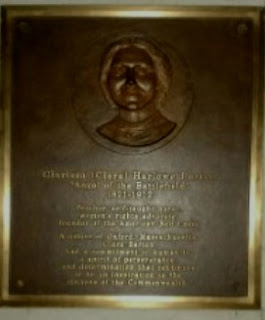Nepal still recovering from civil war, government collapse, and major earthquake
Located in southern Asia between China and India, Nepal
is one of the poorest countries in the world.
According to estimates from the United Nations, 40% of Nepalis live in
poverty. Most of Nepal’s residents are
dependent on agriculture. In April 2015,
a devastating earthquake ravaged Nepal.
The natural disaster left 9,000 people dead. About ¾ of Nepal is covered by mountains. Mt. Everest, the world’s tallest mountain is
located in Nepal. In September 2015, the
Nepali government established a new constitution making it the first
constitution in Asia to specifically protect gay rights.
In July 2008, Ram Baran Yadav became the first president
of Nepal. Yadav’s election as president
came after the abolishment of 239 years of monarchy. Yadav’s role as president is largely ceremonial. The prime minister has more influence under
the current Nepali political system. In
October 2015, Khadga Prasad Oli was selected by Parliament to be the prime
minister of Nepal.
The earthquakes from earlier this year have created an
added burden for Nepal. A 10 year civil
war waged by Moaist rebels against the monarchy left more than 12,000 people
dead and 100,000 refugees, according to the United Nations. In 2012, the Nepali government
collapsed. Nepal has an expansive
tourism industry but deforestation is an ongoing threat to the country’s
wildlife.
Facts
about Nepal:
Population: 31,551,305 (July 2015 est.)
Area: 56,827 sq. miles (Slightly larger than Arkansas)
Capital: Kathmandu
Languages: Nepali (official) 44.6%, Maithali – 11.7%
Sources: www.bbc.com, www.cia.gov


Comments
Post a Comment